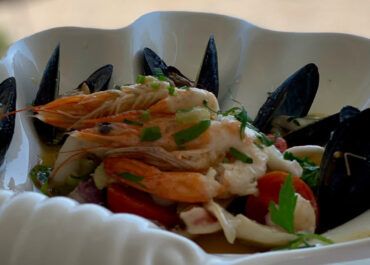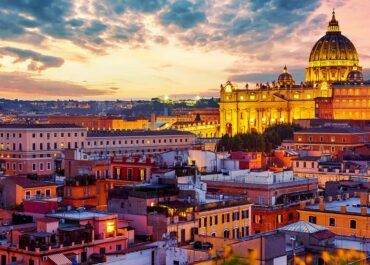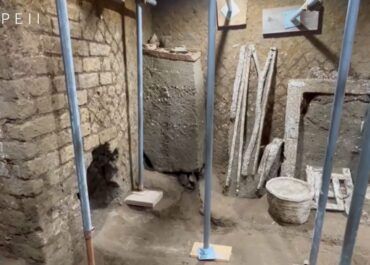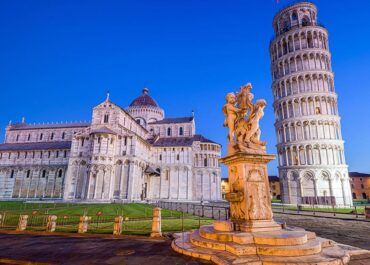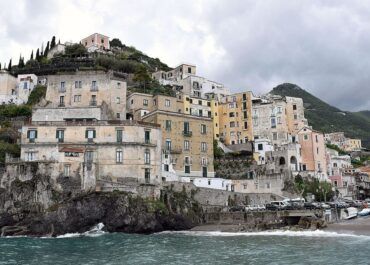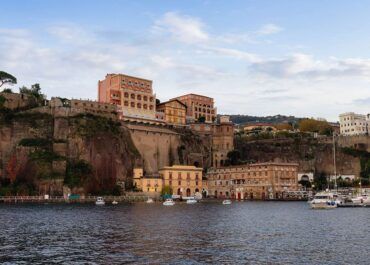What to eat in Positano: a culinary guide
Nestled on the stunning Amalfi Coast, Positano is not just a visual delight but a gastronomic paradise. With its rich Mediterranean flavors, fresh seafood, and traditional Italian dishes, Positano’s cuisine offers an unforgettable experience for every traveler. Let’s dive into what makes Positano a must-visit for food lovers.
Traditional Dishes You Must Try
Seafood Specialties
Positano is renowned for its fresh seafood. From grilled fish to calamari, the local restaurants serve dishes that capture the essence of the sea. The “Spaghetti alle Vongole is a must-try,” a simple yet flavorful pasta dish made with clams.
Pasta and Risotto
Italian cuisine is incomplete without pasta, and Positano offers some of the best. Try the “Scialatielli ai Frutti di Mare,” a homemade pasta dish with a seafood medley. Another favorite is “Risotto al Limone,” a creamy lemon-infused risotto that reflects the region’s citrus heritage.
Italian Desserts
Finish your meal with a classic Italian dessert. “Delizia al Limone” is a lemon delight cake that perfectly balances sweetness and tanginess. Don’t miss out on the local gelato, available in various flavors, perfect for a warm day in Positano.
Best Restaurants in Positano
Fine Dining Options
For an upscale dining experience, head to “La Sponda” at Le Sirenuse Hotel. The restaurant offers a luxurious ambiance and a menu that features the finest ingredients.
Casual Eateries and Cafes
For a more relaxed meal, visit “Chez Black” or “Da Vincenzo,” where you can enjoy traditional dishes in a cozy setting.
Hidden Gems
Explore the less touristy spots like “Il Tridente” and “Caffe Positano” to discover local flavors and friendly atmospheres.
Exploring Local Food Markets
What to Buy and Taste
Visit the local markets to sample and purchase fresh produce, cheeses, and cured meats. The vibrant markets are a feast for the senses and a great place to find unique ingredients.
Best Markets to Visit
The weekly market at Piazza dei Mulini is a must-visit. Here, you can find everything from fresh fruits to handmade pastas and local wines.
Culinary Experiences and Tours
Cooking Classes
Immerse yourself in the local culture by taking a cooking class. Learn to make traditional dishes like gnocchi and tiramisu under the guidance of local chefs.
Wine and Limoncello Tastings
Positano is famous for its limoncello. Join a tasting tour to sample this delicious lemon liqueur along with local wines.
Discover the Best Tours in Amalfi Coast
To make the most of your visit, explore the best tours on the Amalfi Coast. Check out this link for exclusive tour options to enhance your culinary journey.
Savor the Flavors of Positano
Positano’s culinary scene is a journey through the rich flavors of the Mediterranean. From the freshest seafood to delectable desserts, every bite tells a story of tradition and passion. Whether dining at a fine restaurant, exploring a local market, or taking a cooking class, the food in Positano is sure to leave a lasting impression. Don’t miss the chance to indulge in the local cuisine and create delicious memories on the Amalfi Coast.

